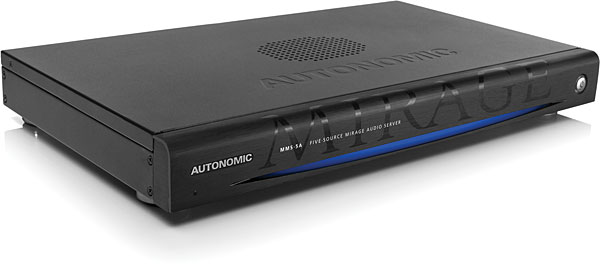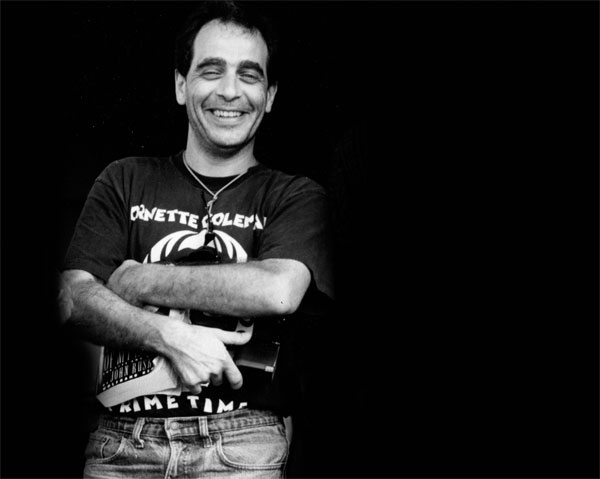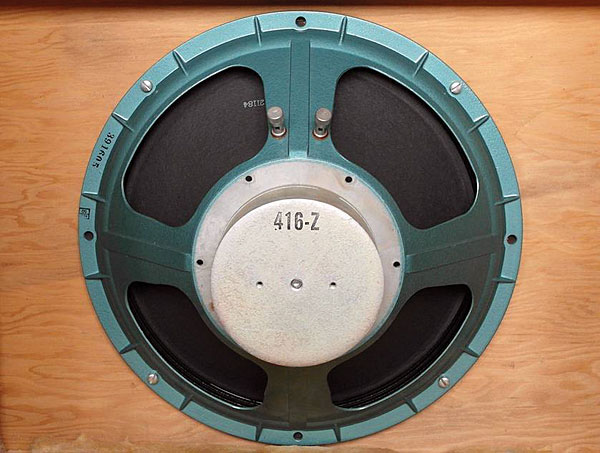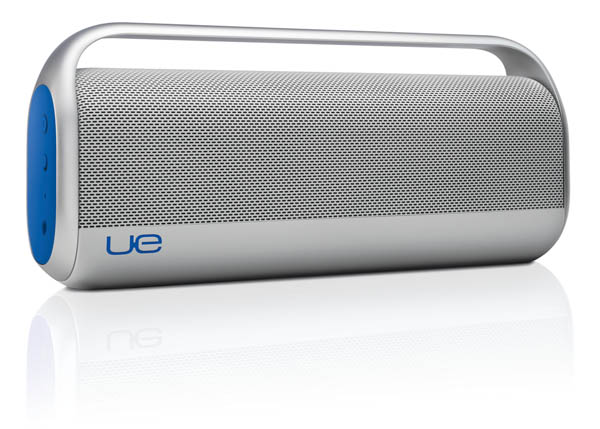Autonomic Controls Mirage MMS-5A media server Associated Equipment
Autonomic Controls Mirage MMS-5A media server Associated Equipment
- Read more about Autonomic Controls Mirage MMS-5A media server Associated Equipment
- Log in or register to post comments




